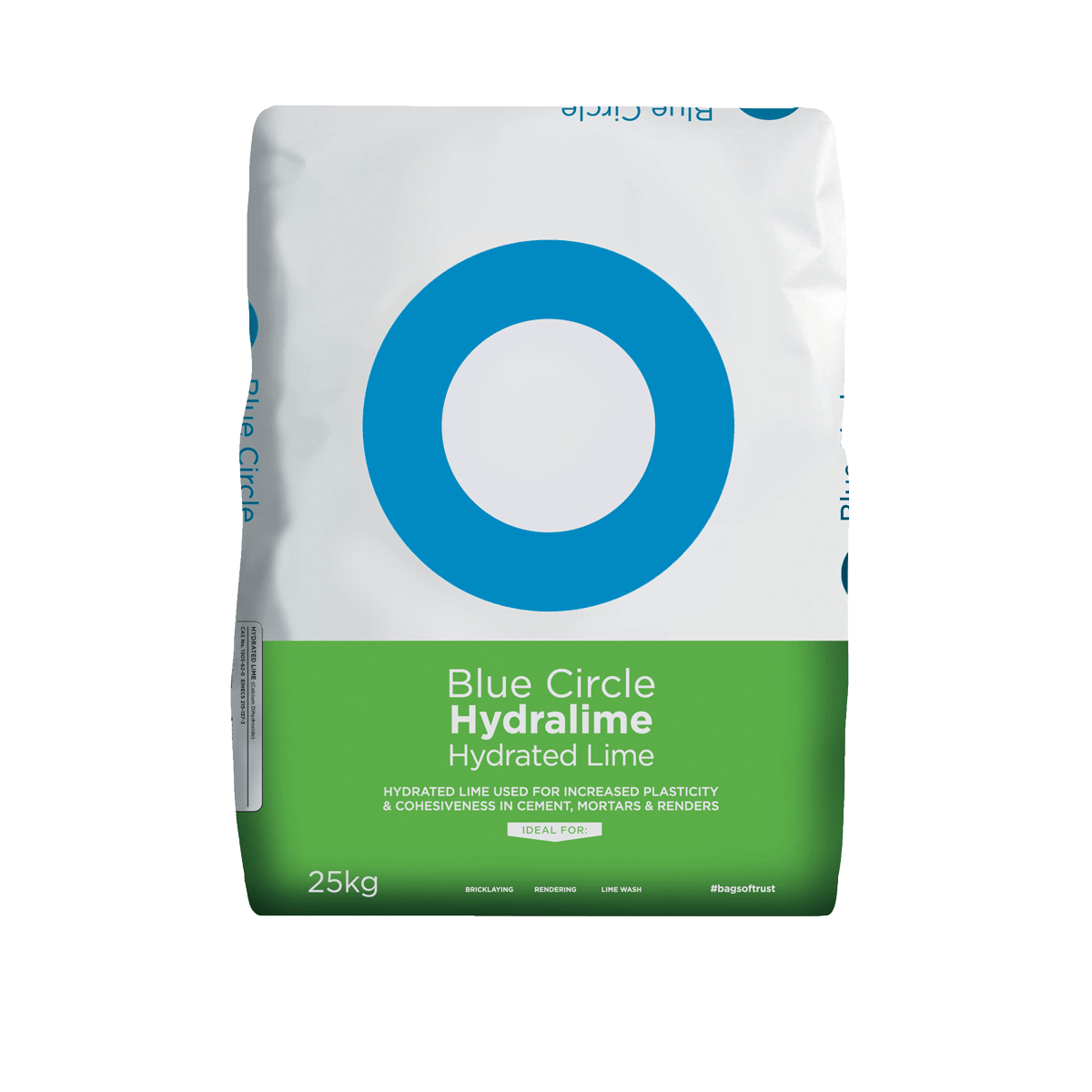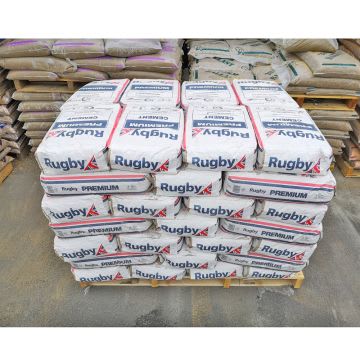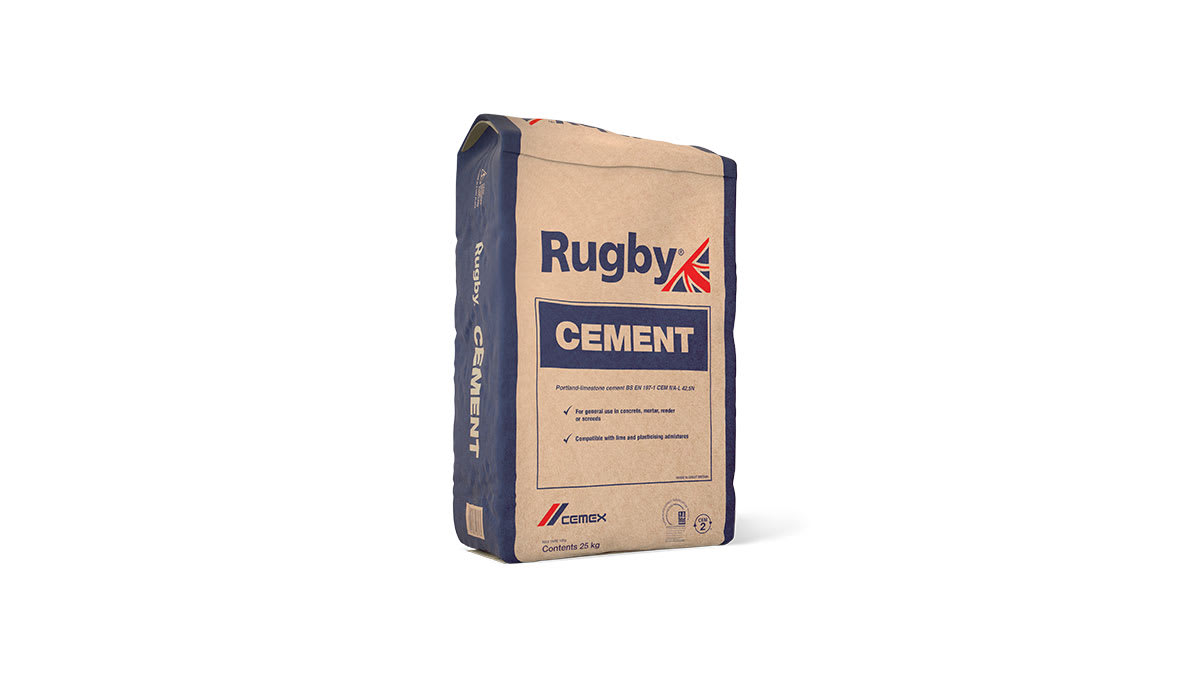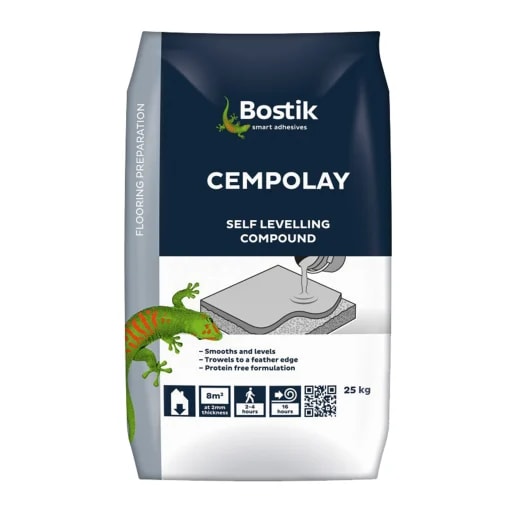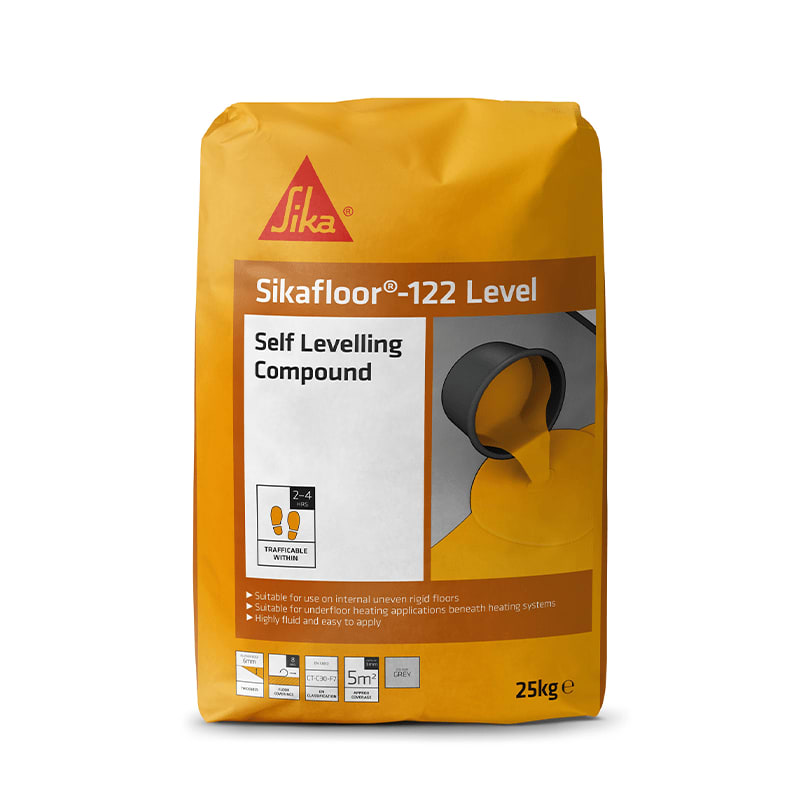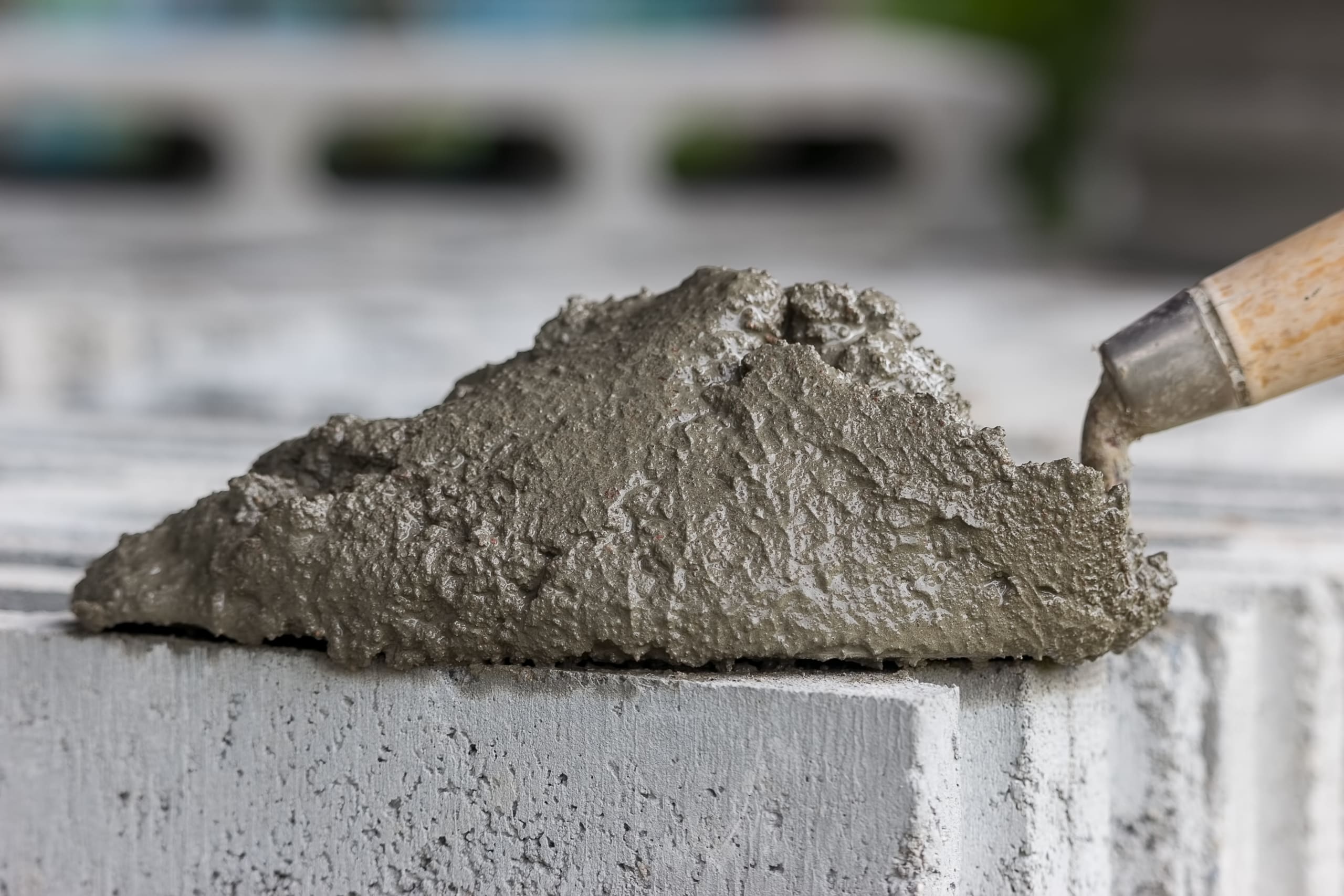Cements & Limes
(32 Products)Cement and limes are fundamental building materials used in a wide range of construction projects. Cement, a powder made from calcined limestone and clay, is mixed with water to form concrete which provides structure and strength. Lime, derived from limestone or chalk, is also an essential binder that acts as an adhesive to hold the dry ingredients together. Lime is often combined with additional binder materials to achieve faster setting times and increased strength gains.
Everbuild 201 Mortar Admix 5ltr
SikaMix Plus Mortar Plasticiser 5L
Everbuild 201 Mortar Admix 25ltr
What Are Cements & Limes?
In the construction industry, cement and limes are essential materials with distinct properties and applications.
Cement provides strength and binding properties, while limes offer versatility and beneficial characteristics such as workability and breathability.
Both materials contribute to the creation of durable structures and play vital roles in various construction applications.
Cement
Cement, such as Portland cement, are binding agents that, when mixed with water, form a paste that hardens and binds materials together.
They are crucial for concrete production, mortar, stabilisation, grout, and precast concrete products.
Limes
Limes (derived from limestone) offer versatility and are used in mortar, plaster, soil stabilisation, lime concrete, and chemical manufacturing.
Limes provide enhanced workability, flexibility, and durability, making them suitable for historic restoration and various construction projects.

.jpg)
.jpg)
.jpg)
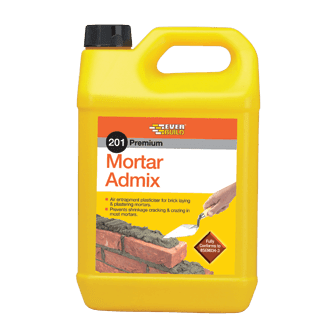

+-+Pallet+of+60+-+Photo.jpg)
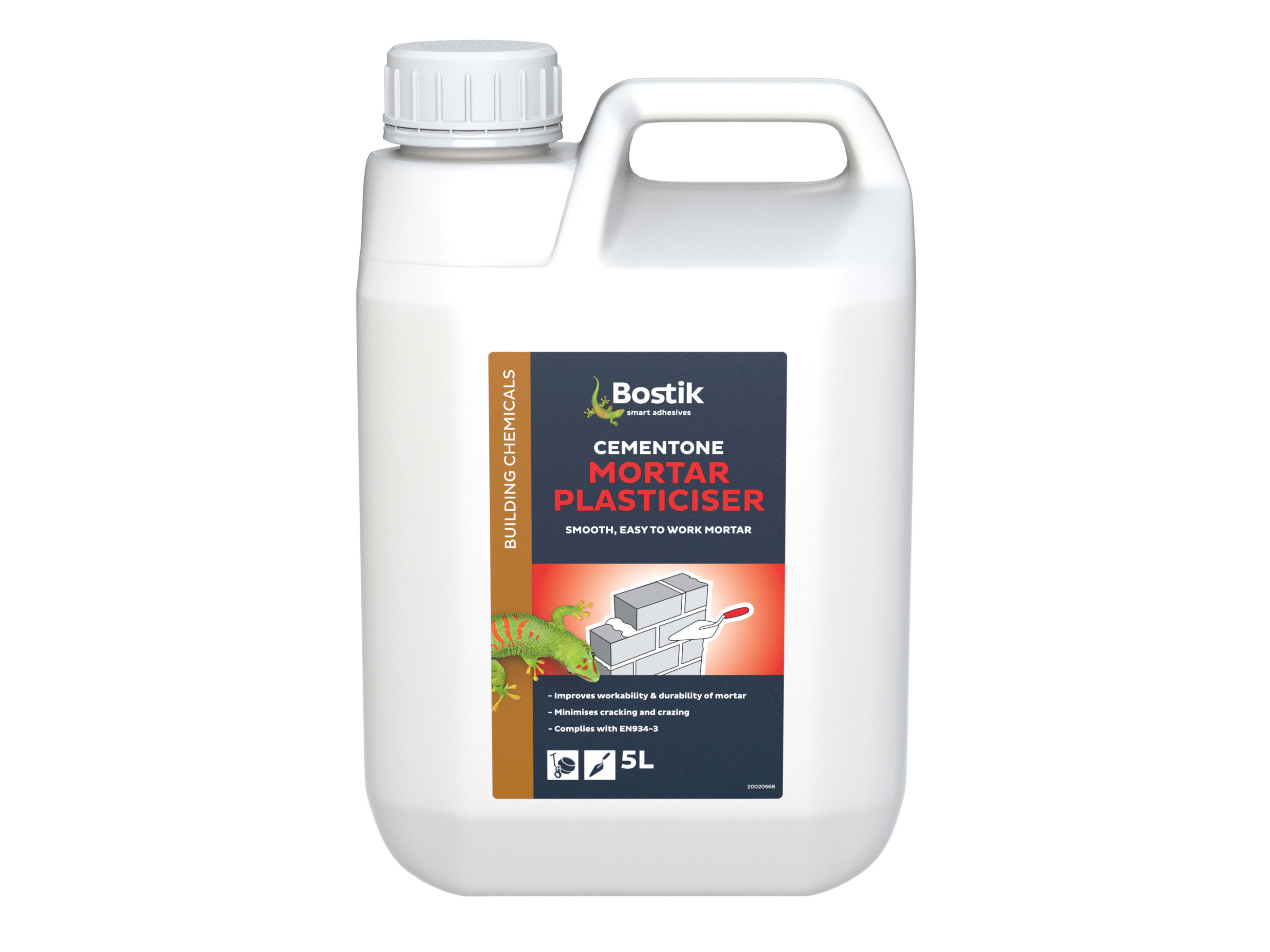

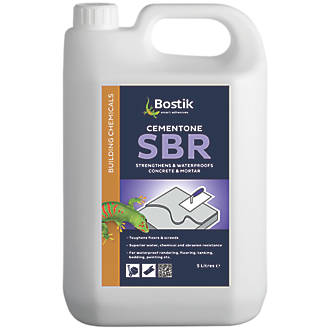
+-+Pallet+of+60+-+Photo+REVA.jpg)

